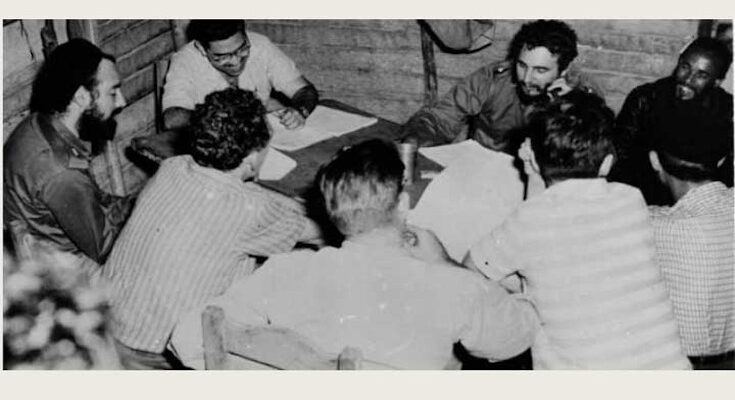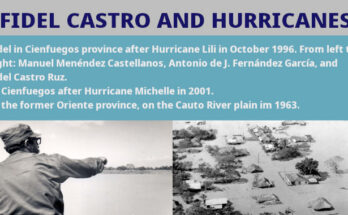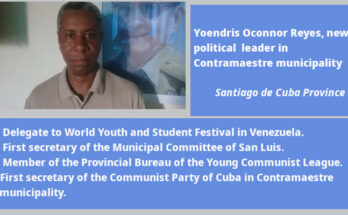The Revolutionary Government, headed by Commander Fidel Carto Ruz, established the Second Agrarian Reform Law on October 3, 1963, when only four years after the First Agrarian Reform Law had been proclaimed, one of the most important measures taken after the triumph of the Revolution in 1959.
In order to put an end to any vestige of the Aligarchic practices on the island, this new law was implemented and reduced to five cavalry, from the 30 stipulated by the First Law of 1959, Frustrating the maneuvering capacity of powerful enemies of the transforming process of Cuban life while adding agility and operability to the productive schemes.
The Revolution was ready to make whatever contributions were necessary and “change what should be changed” as a healing principle, in order to continue on the path of progress and advancement on all fronts, Despite the fact that at that stage the aggression of the empire was already intense, leading multiple plans carried out against the Cuban process.
In 1962 the government of the United States officially established an economic, commercial and financial blockade against Cuba, and began to carry out terrorist actions through a sold internal counter-revolution, the moral sovereign of the empire.
Within this landscape, which included blatant espionage and criminal and vandalistic subversion in some geographical locations, it was known that about 10,000 owners still controlled almost two million hectares and the vast majority of them were hostile, The European Union’s Presidency will continue to play a key role in the development of the Euro-pea n Union.
A thorough analysis of that complex context, carried out by scholars, reveals that the Second Agrarian Reform Law would not only meet economic and social needs, but was also a political urgency that patriots should not ignore, because doing so would cost an incalculable price.
During 1963, the struggle against the insurgents of the counter-revolutionaries was a five years of existence, with very painful toll of hundreds of people fighters and peasants killed by bandits, mainly in the region of Escambray (center of the country), to whose mountains some of the landowners serving the criminal war sought refuge.
The law was, of course, enforced only by the relentless offensive of the Rebel Army, the National Revolutionary Militias and the State Security Agencies, Who made possible the annihilation of the bandits as an opposition force in 1965. The nation was free from that scourge.
It should be noted that the execution of the measures of expropriation under the Second Law was carried out in accordance with legal regulations and compensation was provided to all those affected, not for the full value of their property, but one consisting of 15 pesos monthly for each cavalry expropriated; but with the specificity that none would receive less than 100 pesos and more than 250 pesos monthly.
The president of the National Institute for Agrarian Reform was given powers to exempt from the law producers who had maintained the results of their lands in exceptional conditions of productivity, The Land Reform Act of 1959 and demonstrated a willingness to continue supporting the state’s production plans.
As it follows, that new document, the child of his time and nation, was not finished or perfect. It was an inescapable step taken at the right time, with courage and firmness, with creativity. And so the men and women took it. Today it is part of the arsenal of experiences and knowledge that has shaped everyone’s future. Memory is worth remembering.
Source: ACN




